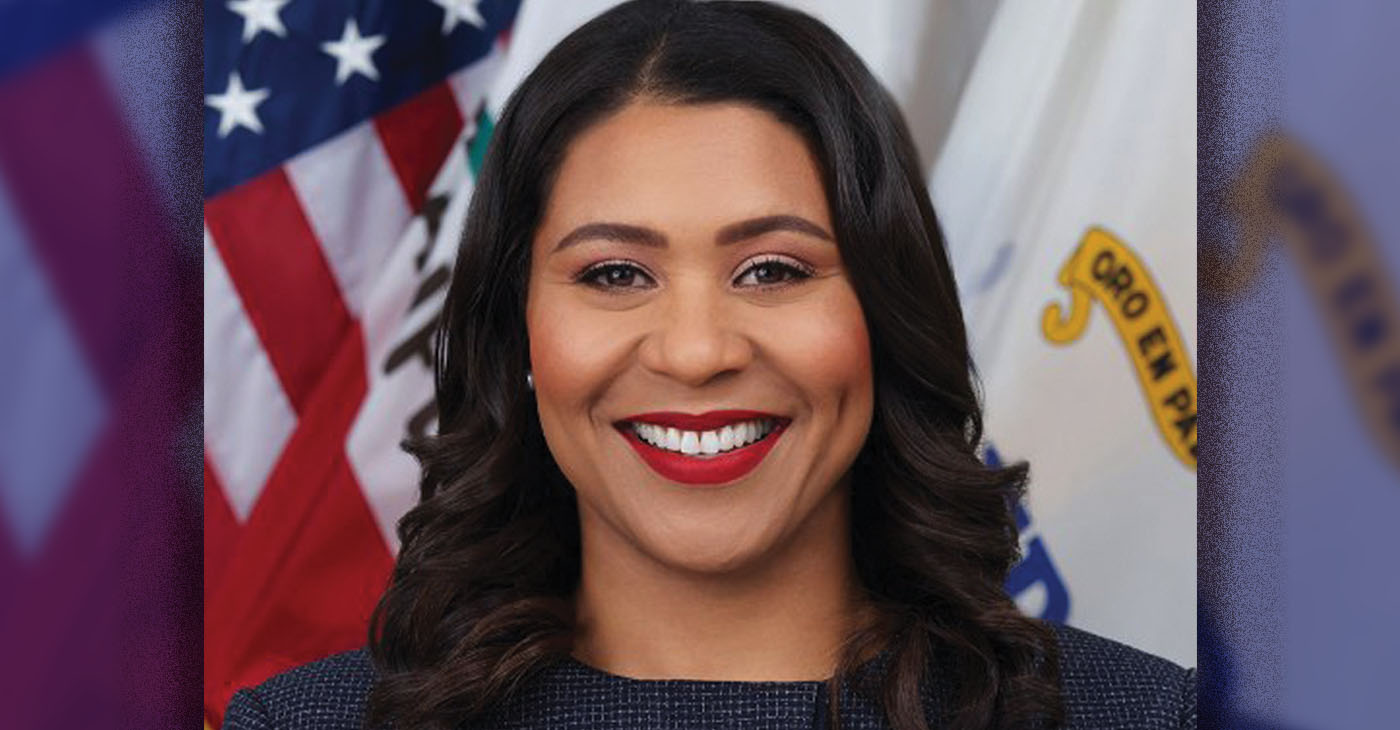Bay Area
San Francisco Opens Linkage Center as Part of Tenderloin Emergency Initiative
“Our work in the Tenderloin requires all of our City departments and community partners working together to address the major challenges we know exist,” said Mayor London Breed. “As part of that work, this Linkage Center will help us create a space for people who are struggling with addiction and other challenges to get immediate support, and then transition into longer term care and housing. This is hard work, and I appreciate everyone joining in partnership to make a difference for the people of the Tenderloin.”

Once fully staffed, the Center will serve up to 100 guests at a time connecting people to short- and long-term services, care, and programs
From S.F. Mayor’s Office of Communication
Initial operations commenced at the Tenderloin Linkage Center on Tuesday. The newly opened Tenderloin Linkage Center is an essential component of San Francisco’s Tenderloin Emergency Initiative that is forging a path to promote a thriving community and save lives through overdose prevention and connecting people to care and services.
“Our work in the Tenderloin requires all of our City departments and community partners working together to address the major challenges we know exist,” said Mayor London Breed. “As part of that work, this Linkage Center will help us create a space for people who are struggling with addiction and other challenges to get immediate support, and then transition into longer term care and housing. This is hard work, and I appreciate everyone joining in partnership to make a difference for the people of the Tenderloin.”
The center, located at 1172 Market St., will initially operate seven days a week from 8 a.m. to 8 p.m. and have reduced capacity due to the impacts of COVID-19 on staffing availability.
The Center will expand to operate 24 hours a day and seven days a week and have the capacity to serve 100 guests at a time.
The Tenderloin Linkage Center is a services-focused location designed to provide a safe, welcoming space for those ready to access San Francisco’s health and human service resources easily and quickly.
Basic services such as hot food; water; hygiene services such as laundry, bathrooms, and showers; personal protective equipment (PPE); and more are available at the Center.
Weekly wellness programs will also be hosted there to provide services like COVID-19 vaccination and testing as well as HIV and Hepatitis C testing.
Additionally, the new Tenderloin Linkage Center will connect people to short- and long-term services, care, and programs. Programs and services include, but are not limited to:
- Behavioral health care
- Shelter
- Transitional housing
- Housing assistance
- Homeward bound
- Sobering, detox and respite
- Substance use treatment
- Food coordination
- Vocational support
- Therapy and mentoring
- Child and family care
- Veteran support
People can self-present to the Center or arrive via vehicle or foot escort from a community partner, if requested.
If City outreach teams, first responders or community service providers encounter people on the street who may benefit from this Center, they can call upon a health or social services partner to provide more information and an escort to the site, if desired. People may come and go freely to and from the Center.
“A drop-in center where people can get off the streets and immediately linked to services, placements and care, without delay or bureaucracy is something we desperately need,” said Supervisor Matt Haney. “The City is facing a deadly, devastating drug epidemic, and we must do everything we can to save lives and provide relief and healing to a part of the city that has been so heavily impacted. The Tenderloin Linkage Center will absolutely support us in doing that.”
“I am optimistic that the new linkage center will provide new and useful services for Tenderloin residents who are battling mental illness and drug addiction,” said Supervisor Hillary Ronen. “I am also watching its success closely to see if it could be converted into a citywide resource as the permanent site of the upcoming Mental Health SF Service Center.”
Tenderloin Linkage Center staff, including escorts, are provided by community-based organizations including HealthRIGHT 360, Urban Alchemy and Project Homeless Connect.
Activism
Oakland Post: Week of June 4 – 10, 2025
The printed Weekly Edition of the Oakland Post: Week of June 4-10, 2025

To enlarge your view of this issue, use the slider, magnifying glass icon or full page icon in the lower right corner of the browser window.
Activism
Oakland Post: Week of May 28 – June 30, 2025
The printed Weekly Edition of the Oakland Post: Week of May 28 – June 3, 2025

To enlarge your view of this issue, use the slider, magnifying glass icon or full page icon in the lower right corner of the browser window.
Activism
Oakland Post: Week of May 21 – 27, 2025
The printed Weekly Edition of the Oakland Post: Week of May 21 – 27, 2025

To enlarge your view of this issue, use the slider, magnifying glass icon or full page icon in the lower right corner of the browser window.
-

 Activism4 weeks ago
Activism4 weeks agoAfter Two Decades, Oakland Unified Will Finally Regain Local Control
-

 Activism4 weeks ago
Activism4 weeks agoOakland Post: Week of May 14 – 20, 2025
-

 Alameda County4 weeks ago
Alameda County4 weeks agoOakland Begins Month-Long Closure on Largest Homeless Encampment
-

 Activism4 weeks ago
Activism4 weeks agoNew Oakland Moving Forward
-

 Barbara Lee4 weeks ago
Barbara Lee4 weeks agoWNBA’s Golden State Valkyries Kick Off Season with Community Programs in Oakland
-

 Activism4 weeks ago
Activism4 weeks agoEast Bay Community Foundation’s New Grants Give Oakland’s Small Businesses a Boost
-

 Bo Tefu4 weeks ago
Bo Tefu4 weeks agoGov. Newsom Highlights Record-Breaking Tourism Revenue, Warns of Economic Threats from Federal Policies
-

 Bay Area4 weeks ago
Bay Area4 weeks agoChevron Richmond Installs Baker Hughes Flare.IQ, Real-time Flare Monitoring, Control and Reduction System




















































